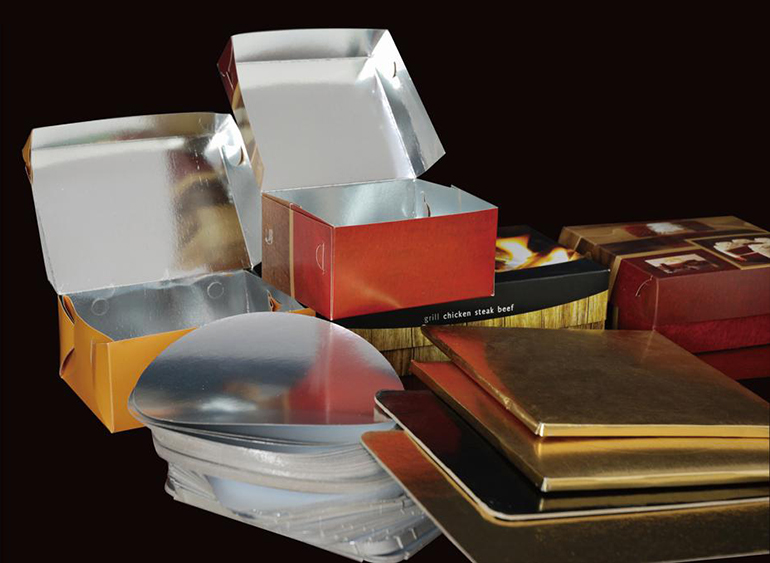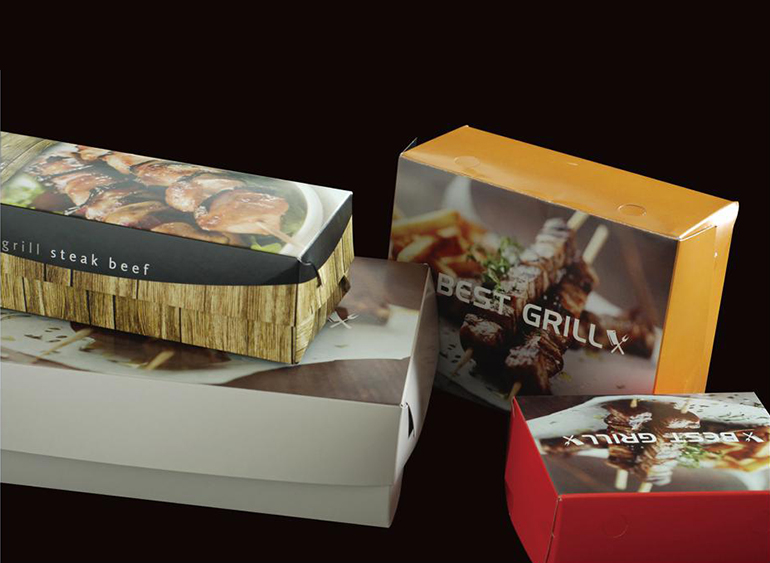Human Hepatocyte Growth Factor Receptor (HGFR / c-MET) Enzyme Linked Immunoassay (ELISA) Kit instruction manual This reagent is for research purpose only: this kit is used to determine the content of hepatocyte growth factor receptor (HGFR / c-MET) in human serum, plasma and related liquid samples. Experimental principle: This kit uses the double antibody sandwich method to determine the level of human hepatocyte growth factor receptor (HGFR / c-MET) in the specimen. Microporous plates were coated with purified human hepatocyte growth factor receptor (HGFR / c-MET) antibody to prepare solid-phase antibodies, and hepatocyte growth factor receptor (HGFR / c) was sequentially added to the monoclonal antibody-coated microwells -MET), and then combined with HRP-labeled goat anti-human antibody to form an antibody-antigen-enzyme-labeled antibody complex, after thorough washing, the substrate TMB is added for color development. TMB is converted into blue under the catalysis of HRP enzyme, and into the final yellow under the action of acid. The color depth is positively correlated with the hepatocyte growth factor receptor (HGFR / c-MET) in the sample. The absorbance (OD value) was measured with a microplate reader at a wavelength of 450 nm, and the concentration of human hepatocyte growth factor receptor (HGFR / c-MET) in the sample was calculated by a standard curve. Kit composition: Kit composition 48 hole configuration 96-well configuration save Instructions 1 serving 1 serving Sealing film 2 pieces (48) 2 pieces (96) sealed bag 1 1 Enzyme coated plate 1 × 48 1 × 96 Store at 2-8 ℃ Standard product: 1350ng / L 0.5ml × 1 bottle 0.5ml × 1 bottle Store at 2-8 ℃ Standard dilution 1.5ml × 1 bottle 1.5ml × 1 bottle Store at 2-8 ℃ Enzyme reagent 3 ml × 1 bottle 6 ml × 1 bottle Store at 2-8 ℃ Sample diluent 3 ml × 1 bottle 6 ml × 1 bottle Store at 2-8 ℃ Developer A liquid 3 ml × 1 bottle 6 ml × 1 bottle Store at 2-8 ℃ Developer B liquid 3 ml × 1 bottle 6 ml × 1 bottle Store at 2-8 ℃ Stop solution 3ml × 1 bottle 6ml × 1 bottle Store at 2-8 ℃ Concentrated washing liquid (20ml × 20 times) × 1 bottle (20ml × 30 times) × 1 bottle Store at 2-8 ℃ Sample processing and requirements: 1. Serum: room temperature blood coagulates naturally for 10-20 minutes, centrifuged for about 20 minutes (2000-3000 rpm). Collect the supernatant carefully and centrifuge again if a precipitate appears during storage. 2. Plasma: EDTA or sodium citrate should be selected as the anticoagulant according to the requirements of the specimen, mixed for 10-20 minutes, and centrifuged for about 20 minutes (2000-3000 rpm). Collect the supernatant carefully. If a precipitate forms during storage, it should be centrifuged again. 3. Urine: collected in a sterile tube and centrifuged for about 20 minutes (2000-3000 rpm). Collect the supernatant carefully. If a precipitate forms during storage, centrifuge again. Pleural and ascites, cerebrospinal fluid reference implementation. 4. Cell culture supernatant: When detecting secreted components, collect with a sterile tube. Centrifuge for about 20 minutes (2000-3000 rpm). Collect the supernatant carefully. When detecting the components inside the cells, dilute the cell suspension with PBS (PH7.2-7.4), and the cell concentration will reach about 1 million / ml. Through repeated freezing and thawing, the cells are destroyed and the intracellular components are released. Centrifuge for about 20 minutes (2000-3000 rpm). Collect the supernatant carefully. If a precipitate forms during storage, it should be centrifuged again. 5. Organize the specimen: after cutting the specimen, weigh it. Add a certain amount of PBS, PH7.4. Quickly freeze and save with liquid nitrogen for later use. After the specimen melts, it still maintains a temperature of 2-8 ° C. Add a certain amount of PBS (PH7.4) and homogenize the specimen with a manual or homogenizer. Centrifuge for about 20 minutes (2000-3000 rpm). Collect the supernatant carefully. After aliquoting, a portion is to be tested, and the rest is frozen for future use. 6. The specimen should be extracted as soon as possible after collection. The extraction should be carried out according to relevant literature. The experiment should be carried out as soon as possible after extraction. If the test cannot be performed immediately, the specimen can be stored at -20 ℃, but repeated freezing and thawing should be avoided. 7. The sample containing NaN3 cannot be detected because NaN3 inhibits the activity of horseradish peroxidase (HRP). Steps 1. Dilution and loading of standard products: set 10 standard wells on the enzyme-coated plate, add 100 μl of standard products in the first and second wells, and then add standard products in the first and second wells 50μl of diluent, mix well; then take 100μl from the first well and the second well and add them to the third and fourth wells respectively, and then add 50μl of standard diluent to the third and fourth wells respectively, mix well; Then take 50μl each in the third and fourth wells and discard it, then add 50μl each to the fifth and sixth wells, and then add 50ul of the standard dilution solution to the fifth and sixth wells respectively, and mix well; After mixing, take 50μl from the fifth and sixth wells and add them to the seventh and eighth wells respectively. Then add 50μl of the standard dilution solution to the seventh and eighth wells respectively. Take 50μl from the eight wells and add them to the ninth and tenth wells. Then add 50μl of the standard dilution solution to the ninth and tenth wells. After mixing, take 50μl from the ninth and tenth wells and discard. (After dilution, the volume of each well is 50μl, and the concentrations are 900ng / L, 600ng / L, 300ng / L, 150ng / L, 75ng / L). 2. Add samples: set up blank wells (the blank control wells do not add samples and enzyme reagents, the rest of the steps are the same) and the sample wells to be tested. Add 40μl of sample diluent to the test sample well of the enzyme-coated plate, and then add 10μl of the sample to be tested (the final dilution of the sample is 5 times). Add the sample and add the sample to the bottom of the well of the microplate, try not to touch the wall of the well, shake gently to mix. 3. Incubation: Seal the plate with a sealing plate and incubate at 37 ° C for 30 minutes. 4. Mixing solution: Dilute 30 times (20 times of 48T) concentrated washing liquid with distilled water 30 times (20 times of 48T) and then use. 5. Washing: Carefully peel off the sealing film, discard the liquid, spin dry, fill each well with the washing liquid, let it stand for 30 seconds and then discard, repeat 5 times and pat dry. 6. Add enzyme: add 50μl of enzyme label reagent to each well, except blank well. 7. Incubation: The operation is the same as 3. 8. Washing: The operation is the same as 5. 9. Color development: add 50μl of developer A to each well, then add 50μl of developer B, mix gently, and develop at 37 ° C in the dark for 15 minutes. 10. Termination: Add 50μl of stop solution to each well to stop the reaction (at this time the blue will turn to yellow). 11. Determination: Measure the absorbance (OD value) of each well in sequence with the blank air conditioner at zero and 450 nm wavelength. The measurement should be carried out within 15 minutes after adding the stop solution. Precautions: 1. The kit should be equilibrated at room temperature for 15-30 minutes before being taken out of the refrigerated environment. If the enzyme label coated plate is unopened, the strip should be stored in a sealed bag. 2. Crystals may be precipitated in the concentrated washing liquid, which can be heated and dissolved in a water bath during dilution, and the results will not be affected during washing. 3. The sampler should be used at each step of sample addition, and the accuracy should be regularly checked to avoid test errors. It is best to control the sampling time within 5 minutes. If there are many specimens, it is recommended to use a volley gun to add samples. 4. Please make a standard curve at the same time of each measurement, it is best to make a double hole. If the content of the test substance in the specimen is too high (the OD value of the sample is greater than the OD value of the first well of the standard well), please first dilute it with a certain multiple (n times) of the sample diluent and then determine it. When calculating, please multiply the total dilution Multiple (× n × 5). 5. The sealing film is limited to one-time use to avoid cross-contamination. 6. Please keep the substrate away from light. 7. Strictly follow the instructions, and the test results must be determined by the microplate reader. 8. All samples, washing liquids and various wastes should be treated as infectious agents. 9. The components of different batches of this reagent shall not be mixed. 10. If there is any difference with the English manual, the English manual shall prevail. Calculation: Taking the concentration of the standard as the abscissa and the OD value as the ordinate, Draw a standard curve on coordinate paper, according to the OD of the sample The value is determined by the standard curve; then multiplied by the dilution Multiple; or calculate the standard using the concentration and OD value of the standard The linear regression equation of the quasi-curve, the OD value of the sample Substitute into the equation, calculate the sample concentration, and multiply by the dilution The multiple is the actual concentration of the sample. Kit performance: 1. The correlation coefficient R between the linear regression of the sample and the expected concentration is more than 0.990. 2. The batch and approval shall be less than 9% and 11% respectively examination range: 50ng / L -1000ng / L Storage conditions and validity period: 1. Store the kit: 2-8 ℃. 2. Validity: 6 months Shanghai Yanxin Biological Technology Co., Ltd. specializes in providing scientific research imported original and imported packaging full series of brand enzyme-linked immunoassay ELISA kits. The product range is complete, and the quality of spot supply is guaranteed for a long time. It is the designated ELISA kit supplier for many scientific research institutions and universities. Welcome new and old customers to visit us!
Sunshine
packaging specializes in both standard and custom aluminum foil board
and foil paperbox, we have a large of selection of food packaging, such as Paper
box with alumium foil box, Paper Lids, Container Lids, Foil paper board,Aluminum
foil paper cover, Paper board laminted lid, Paper Lid, Board lid, Foil laminated
board lid
Detailed
Images:
Description
of aluminum foil box of Sunshine Packaging
Product Name :Aluminum foil box
Material: Cardboard
paper, kraft paper, corrugated paper, art paper, or as per your requirements
Size: Customized
size
Color: CMYK
or Pantone color or customized
Printing : Offset
printing, flexo printing
Surface processing: Lamination, vanish, UV coating, PE Coating,
Embosing, Hot stamping
Advantage: Food grade, Safety, Eco
Friendly , Water-resistant,
oil-resistant, fast delivery
Packaging: Customized
Quality control: Paper material
seletion, pre-production insection, Machine testing, Inspection during
Assembling, Semi-finished products inspection, Production inspection Packing: Standard export carton or as per customer's
requirmenet
Lead time: Sample
time: 7~10days; Mass prodction: 4~5weeks according to the order quantity
Payment term:T/T: 30% deposit,the balance paid
against copy of bill of lading.
Aluminum Foil Box Aluminum Foil Box,Paper Lids,Container Lids,Paper Lid Weifang Sunshine Packaging Co., Ltd. , https://www.paperboxbagpack.com



Human Hepatocyte Growth Factor Receptor (HGFR / c-MET) Enzyme Linked Immunoassay (ELISA)
